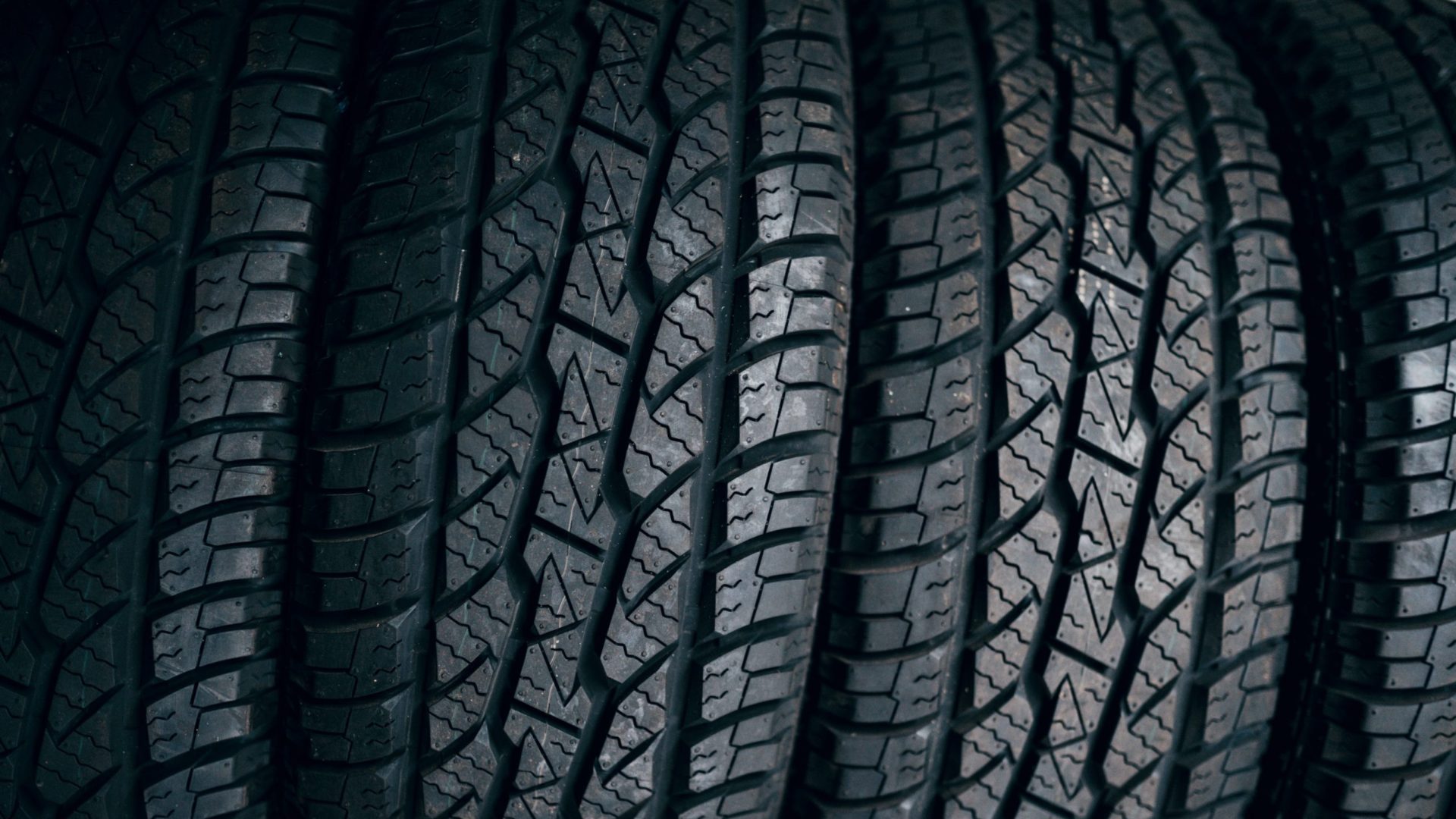The most important vehicle safety check an individual can perform is on the tires. Your vehicle’s tire traction and condition can determine the difference in having a safe and comfortable trip or one that could be the last. At Kittelson LLC, as a crash reconstruction firm, we investigate and reconstruct many serious crashes in which a tire problem caused or contributed to the crash. Tires that are old and have structural problems due to lack of maintenance, overloading, or abuse experience failure in blowouts or by the tread detaching from the tire – both causing a loss of control. Tires with excessive tread wear decrease the stopping ability of the vehicle and they are less resistant to hydroplaning which can cause the vehicle to spin out of control. Whether you drive an older, smaller passenger car or a newer larger pickup, the tires are the only thing that keeps the vehicle traveling down the road safely without disruption. Your tires allow the vehicle to respond to your acceleration, steering, and braking inputs in a predictable manner.
How Does Age Affect Tires?
All passenger vehicle, truck, and motorcycle tires sold in the United States are labeled with a US Department of Transportation (DOT) number. The letters DOT are followed by a series of 8 to 13 letters and numbers that identify the manufacturer plant code, tire size code, manufacturing code, and the week and year the tire was built. The full sequence of letters and numbers can be found on one sidewall of the tire. The last four numbers include a two-digit week code followed by a two-digit year code. For example, the last four digits may read: 2118. This indicates the tire was manufactured in the 21st week of 2018.
One reason this information is valuable is because tires degrade over time. Oxidation occurs on the materials and the tires lose structural strength as they are being used in service or while being stored with pressure and weight placed on them. This is especially true if the tires are exposed to certain environmental conditions, such as hot sun or freezing temperatures.
Under Pressure
Maintaining proper inflation extends the life of the tires and properly inflated tires run cooler and the sidewalls do not deform as they do on underinflated or overloaded tires. Tread life increases on tires that are kept properly inflated. For those who drive at highway speeds on wet highways, properly inflated tires are less susceptible to hydroplaning than underinflated tires. The proper inflation pressures for the vehicle’s tires are posted on a sticker placed on the inside of the driver’s door. These tire inflation pressures are determined by the vehicle manufacturer in conjunction with the tire manufacturer. Maintaining the tire pressures at the recommended levels helps with proper handling of the vehicle, as underinflated tires reduce the handling capability of the tires and of the vehicle itself.
How Can I Keep My Tires Safe?
Many motor vehicle and some tire manufacturers recommend a tire service life of six to eight years. Naturally, that recommended service life only applies when the tire is in good condition with no hard curb impacts, cuts, or tears on the tread or sidewalls. Tire tread depth is an indicator of tire life and the minimum tread depth of 2/32” is a sign for replacement. Tire tread wear indicators are located at the bottom of the tread grooves around the tire. Tread depth has a tremendous influence on tire pavement friction and hydroplaning prevention. Whenever replacing worn tires, replace all four with matching tires, if possible. If only two tires need to be replaced, choose the best two of the four existing tires, and place them on the front of the vehicle. Always place new tires or the tires with the deepest tread on the rear of the vehicle.
If you need expert witness services for a crash reconstruction case, please reach out to us at (979) 693-5800.

